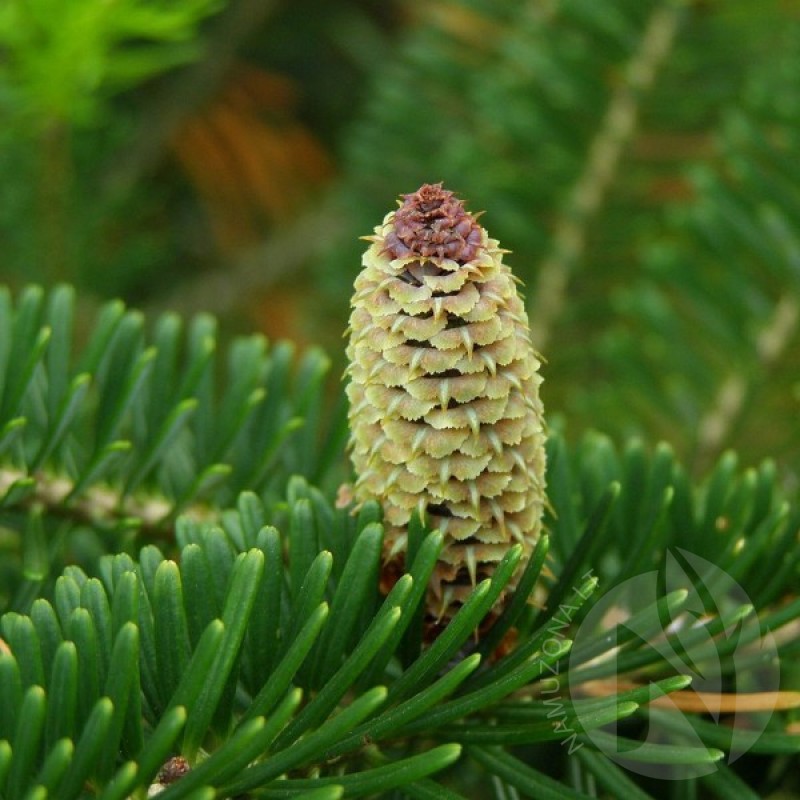
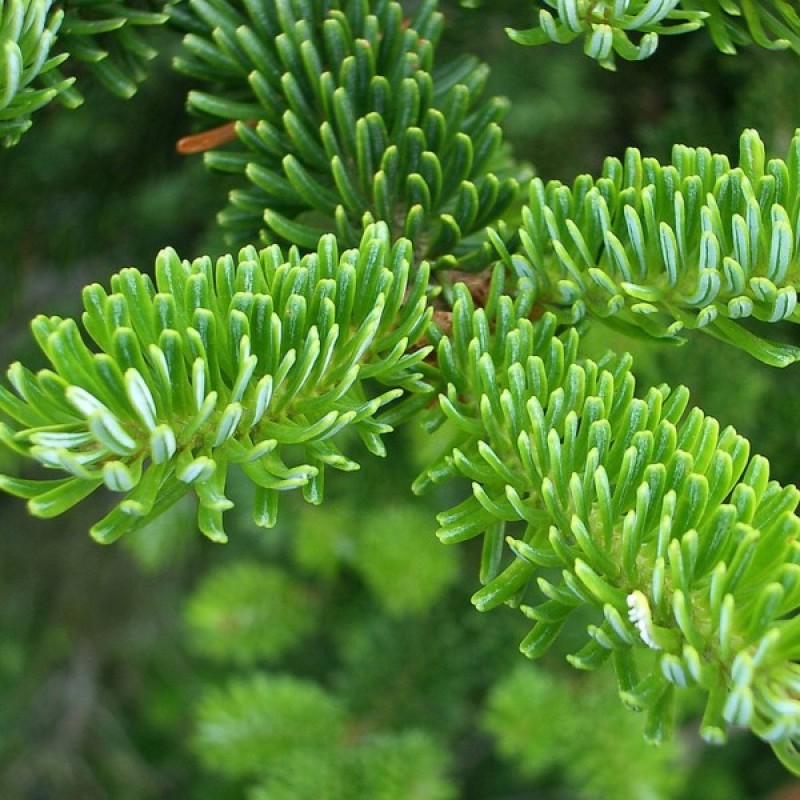
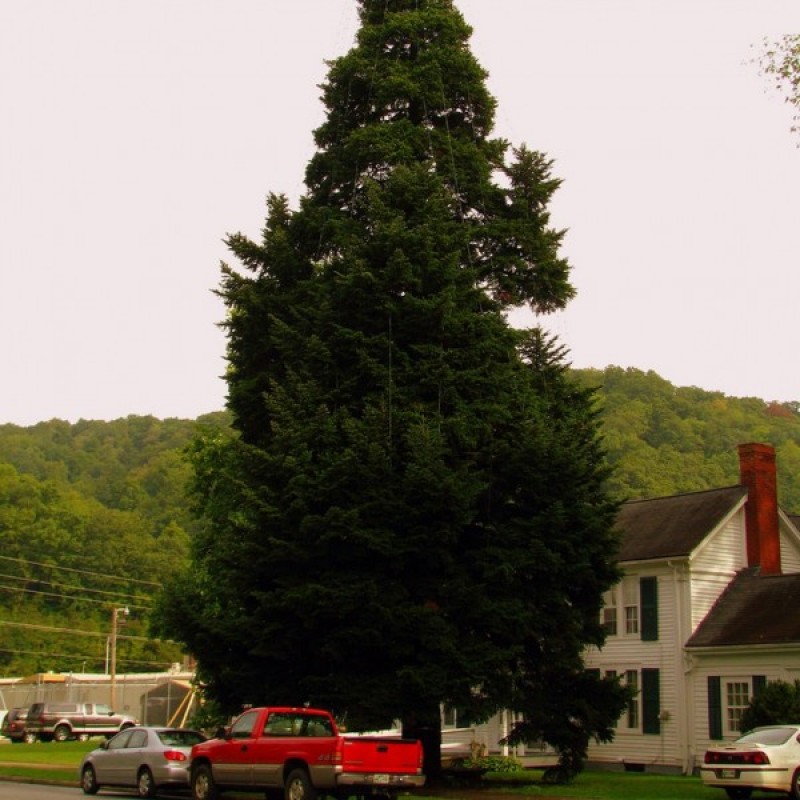
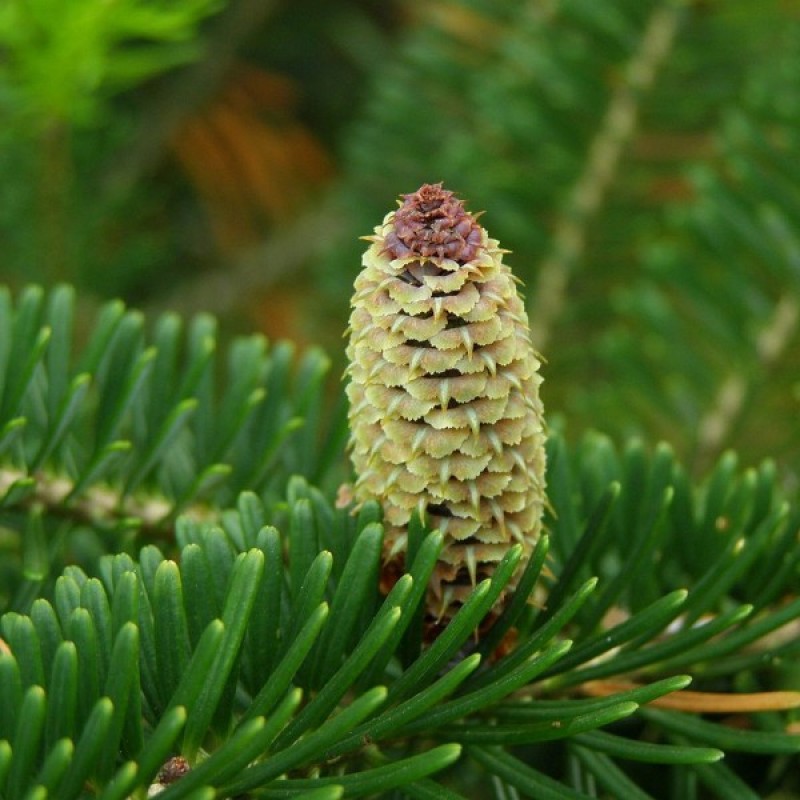
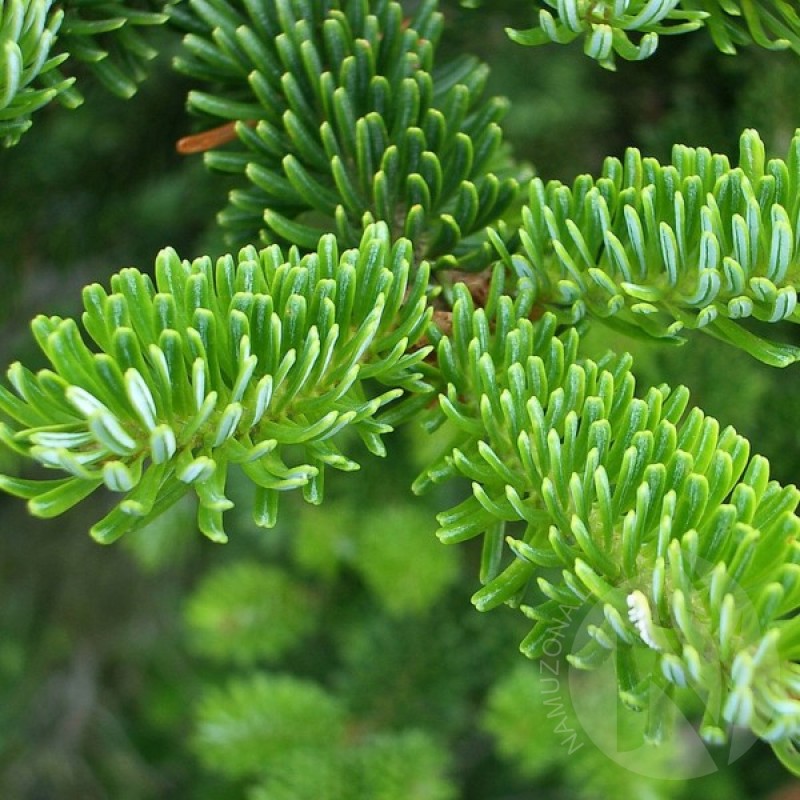
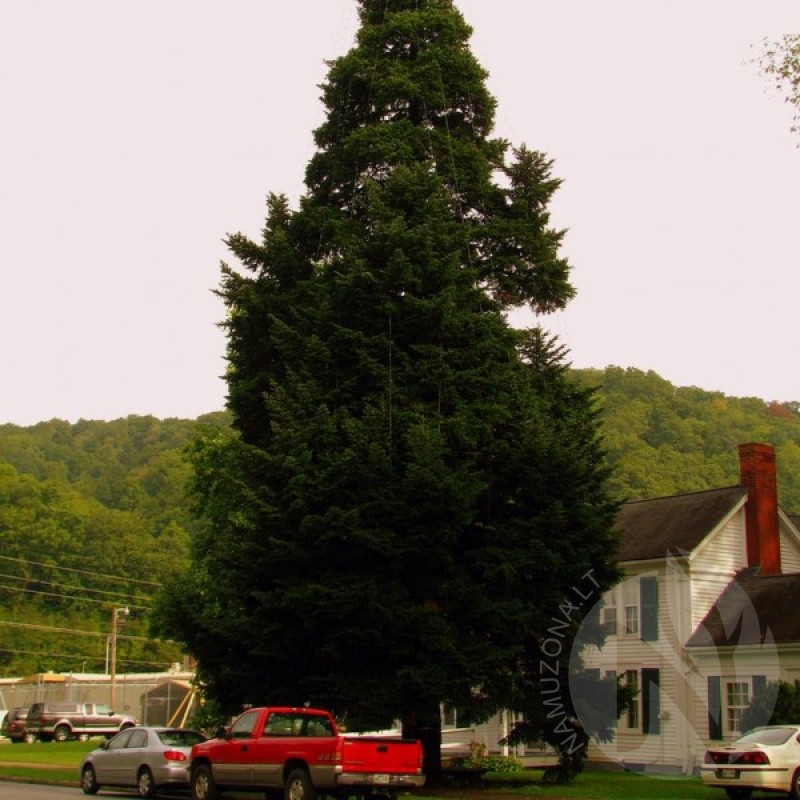
PAY ATTENTION!
All seeds (except SOLD OUT) are available for immediate shipping and will be dispatched within 1-2 business days.
INFORMATION NEEDED? PLEASE CONTACT US NOW!
Fraser fir is a fragrant evergreen tree native to the Appalachian Mountains of the southeastern United States, from Virginia down to Georgia. Native populations grow at both high and low elevations along the mountainside. They exist in nearly pure stands at high elevations but are mixed with other conifers and hard woods at mid to lower elevations. Young trees are dense and pyramidal, which is why they are favored as Christmas trees. In fact, Frasier is only rivaled in popularity by balsam fir. Mature trees reach great heights and develop open, more horizontal branches.
Short, flattened, deep green needles offer year-round interest and are flexible and soft when grasped. Small male, or pollen, cones appear in spring alongside large female cones, which are purplish when immature, age to brown and quickly shatter when fully dry. Trees small and large have nearly smooth bark dotted only with resinous bumps.
This true fir grows handsomely in full or partial sun and prefers sites with well-drained, slightly acid, moist loam. It is a shallow-rooted species so refrain from planting where high winds are prevalent. In the landscape, Frasier fir makes a fine large specimen tree or can be planted in masses as an effective green screen or windbreak.
Genus - Abies
Species - Fraseri
Common name - Fraser Fir
Pre-Treatment - Required
Hardiness zones - 4 - 7
Height - 30-70' / 9 - 20 m
Spread - 20-25' / 6 - 7 m
Plant type - Tree
Vegetation type - Evergreen
Exposure - Full Sun, Partial Sun, Partial Shade
Growth rate - Slow
Soil PH - Acidic, Neutral
Soil type - Loam, Sand
Water requirements - Drought Tolerant, Average Water
Landscape uses - Feature Plant, Screening / Wind Break
Leaf / Flower color - Green, Dark Green / --
GERMINATION INSTRUCTIONS
A short period of cold and moist stratification (in the fridge) needed.
1. Soak the seeds in clean water for 24 hours. Fully drain away all of the water and place the seeds in a zip-lock freezer bag. Place the seeds in the fridge. Make sure the seeds during this period not dry out or are waterlogged otherwise the pre-treatment will be ineffective.
2. After 6-8 weeks of the pretreatment seeds are ready to be sown.
3. Sow in a good quality potting compost. It shoudl be sterile and clean, never used before. Firm the compost gently, water and sow the seeds on the surface. Cover the seeds lightly (~2 mm) of vermiculite or sieved compost. Keep moist and at room temperature.
4. Germination will begin in a few weeks.
No questions about this product.




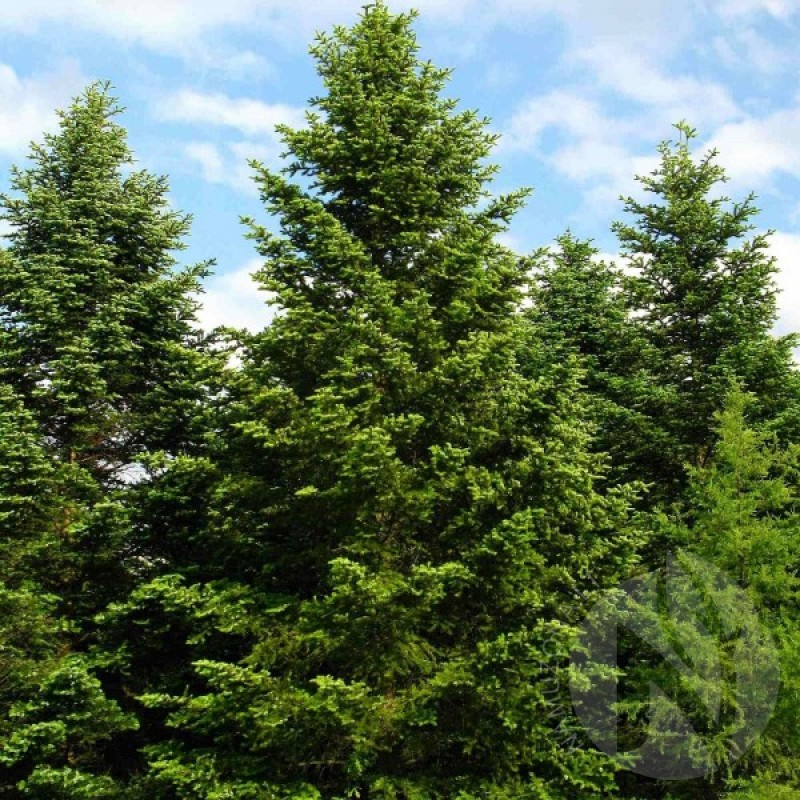
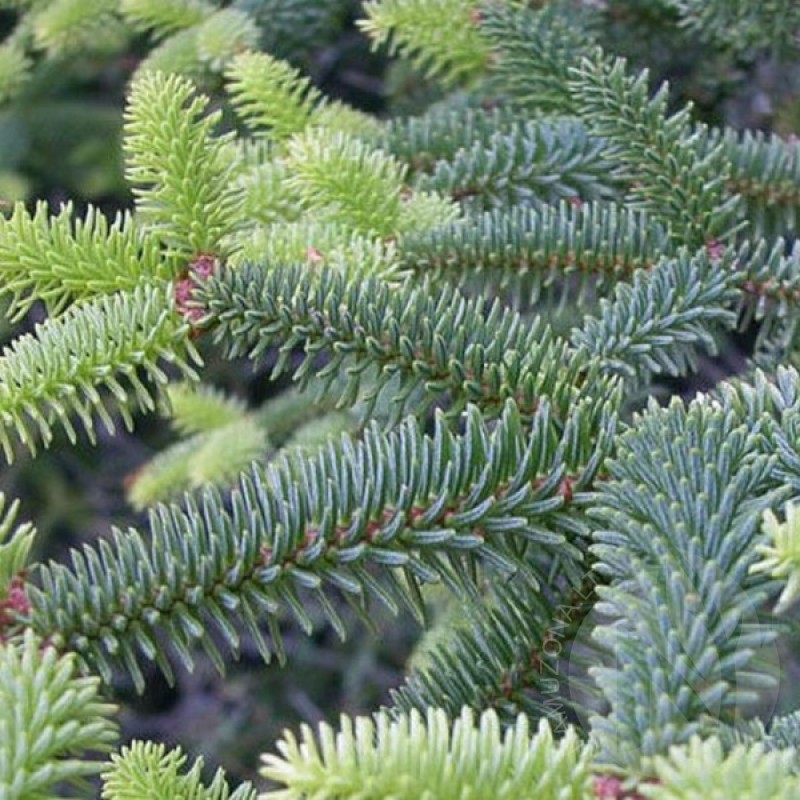









Esu labai patenkintas savo užsakymu. Geras bendravimas ir pakuotė. Pridėtos sėklų sėjos instrukcijos. Rekomenduoju.